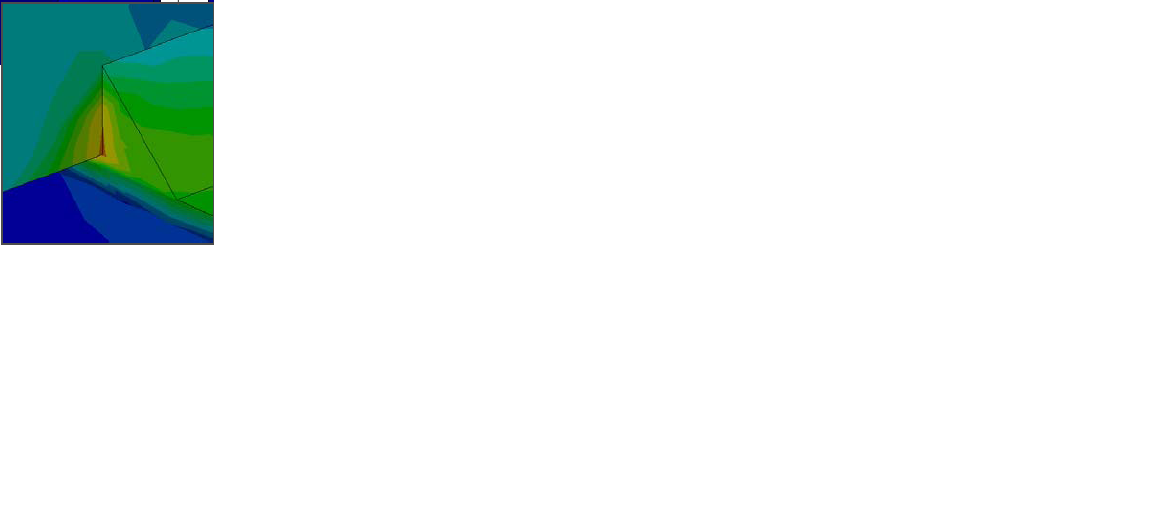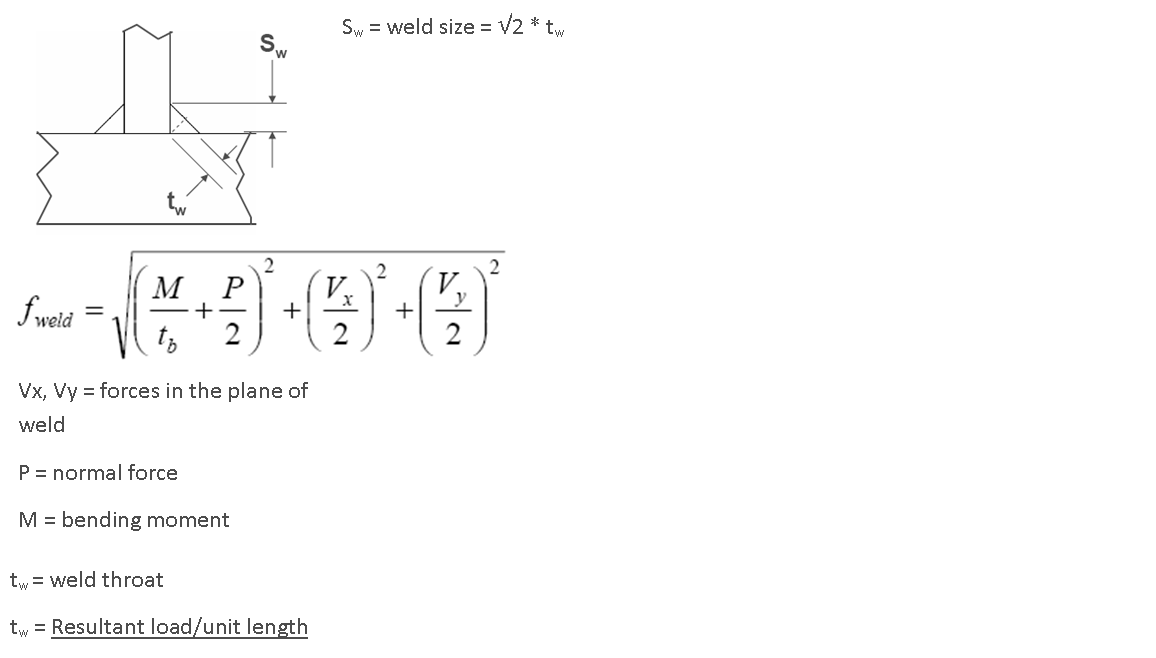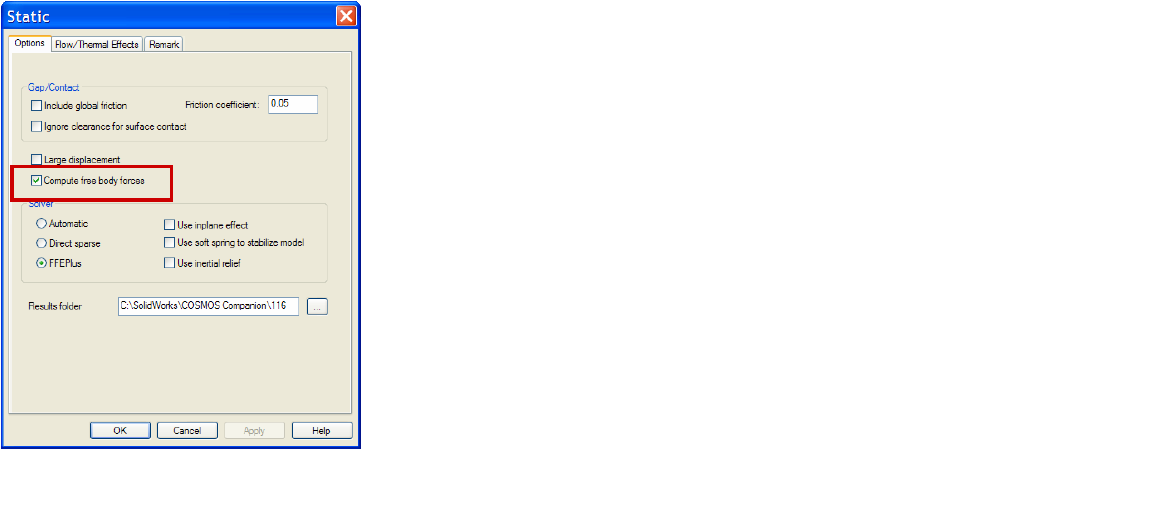Static Weldment Analysis
Anyone who has come across the dilemma of sizing welds has
wondered if FEA can help? So why is that no software on the market claims to
have perfected this art so pertinent to manufacturing industry.
FEA with all its calculative functionalities has certain
whims that need to be precisely catered to. FEA prefers all parts are gravity
cast blanks with polished surfaces free of any imperfections. Moreover, FEA
assumes all structures are heat treated to remove any residual stresses. The
manufacturing process in itself should be numerically controlled. All these
assumptions are obvious to produce consistent and predictable part to part
performance.
Weldments on the other hand never have any sort of
consistency. They vary due to change in temperature, chemistry of weld beads,
chemistry of base materials, weld geometry, residual stresses etc. Hence many
consider sizing welds an art and often end up with under-sized or over sized
welds. Anyone who has actually attempted in sizing welds using FEA has observed
several “hot spots” or stress singularities at the transition from weld bead to
geometry. One obvious question then arises are these stresses controlling? What
values have to be taken into consideration?

Throat Shear Method
The Throat shear method eliminates the need to estimate
initial weld size. This method accounts for allowable strength per unit length
in a weld based on weld type, and electrode used. These standard allowables are
based on physical tests and hence account for variability. Moreover obtaining
forces and moments from geometry are easy compared to stresses. Loads are less
sensitive to local geometry and mesh independent. So if you mesh a component
with three different mesh sizes, reaction loads from all three would be same,
unlike stresses, which would vary.
This methodology does not require you to model weld geometry
if using shell geometry. For solid models, there is some extra work required.
One can simply build mesh with welded parts intersecting.

In the areas you need to size welds, place split lines to
force evenly spaced vertices along the weld seam. Solve using draft quality
elements for boundary conditions applied. Extract forces at the vertices;
convert them into per unit loads. Compute weld size by dividing resultant load
by allowable strength. Allowable can be obtained using standards AWS D 1.1.
Force values are easily available if “Compute Free Body Forces” option is
checked under study properties. FBD forces are available for vertices, edges,
faces in Solid works 2009.


Rajat Trehan
Product Manager – Design Validation
Computer Aided Technology Inc.

 Blog
Blog